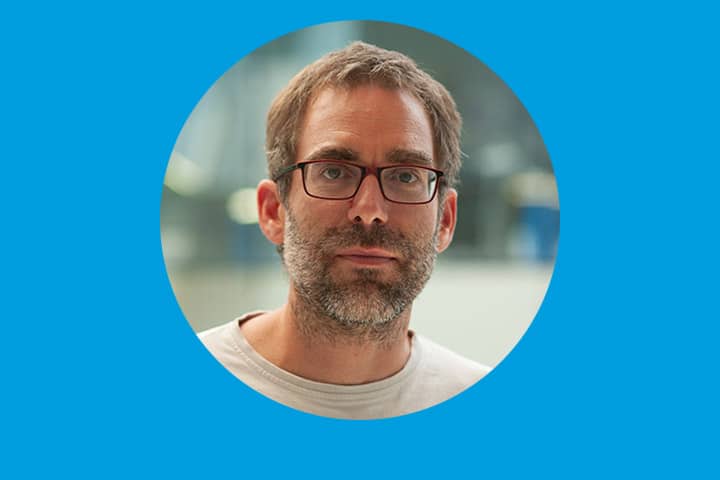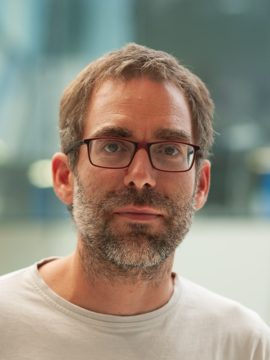
Interview with Arthur Leblois

Arthur Leblois is a CNRS research fellow. Since January 1st, 2022, he has been leading, with Nicolas Mallet, the team “Dynamics of Process Learning Networks” at the IMN (Institute of Neurodegenerative Diseases). Involved in the environmental impact of research, he is a member of the Labos 1point5 collective.
What is Labos 1point5?
Labos 1point5 is a collective structured as a research group initiated by researchers whose aim is to carry out sustainable development actions within their laboratory. Despite the legal obligation to evaluate greenhouse gas emissions for any company or public institution with more than 500 employees, our supervisory bodies (universities, CNRS, INSERM, etc.) have never done so. The aim of the collective is not for institutions to impose it but for each lab to decide to make an evaluation and to implement the necessary actions. When I heard about this project, I very quickly volunteered to have my laboratory’s emissions assessed using the tools developed by the collective.
One of these tools makes it possible to assess greenhouse gas (GHG) emissions, how does it work?
The GES 1point5 tool takes into account business travel, home-work travel and building consumption (mainly electricity and gas). Managers send us lists of information about their missions and the tool makes an estimate using coefficients per means of transport and per kilometre. Other parameters are used to refine and interpret the results. For the home-work journey, a survey has been set up, while the building’s consumption is provided by the university.
What did you find at IMN?
When you think of carbon footprint in research, you think of air travel. It is not uncommon to go to the other side of the world for a meeting or a conference for a day or two, but practices have started to change with video conferencing. Finally, it was the building’s gas consumption that was the majority in our study in 2019, i.e. before Covid, with 60-70% of the laboratory’s total emissions, which is surprising for an extremely recent building. These results are probably due to the high consumption of the 4th floor platforms. I am waiting for more detailed examinations to understand where these astonishing figures come from and thus have data per floor.
What is the next step?
In Labos 1point5, I’m participating in focus groups to develop potential reduction solutions. We draw inspiration from initiatives in France and, above all, abroad. These are generally initiatives from universities, and we have to admit that France is lagging behind. For example, Swiss and Belgian universities have already introduced carbon taxes and/or restrictions such as a ban on flying after a certain number of hours by train. For the moment, the Labos 1point5 collective is at the stage of taking stock and thinking about potential solutions (and the means to put them in place collectively). I am in discussion with the university to better evaluate and reduce the building’s emissions. We hope to see effective action as soon as possible.
Read more about this
About Arthur Leblois
Arthur Leblois is also involved in the Action Climat Environnement (ACE) collective, which brings together students and staff from the Carreire campus who are committed to the environment.
For more information: www.ace-ub.fr
Contact
Last update 23/02/22
